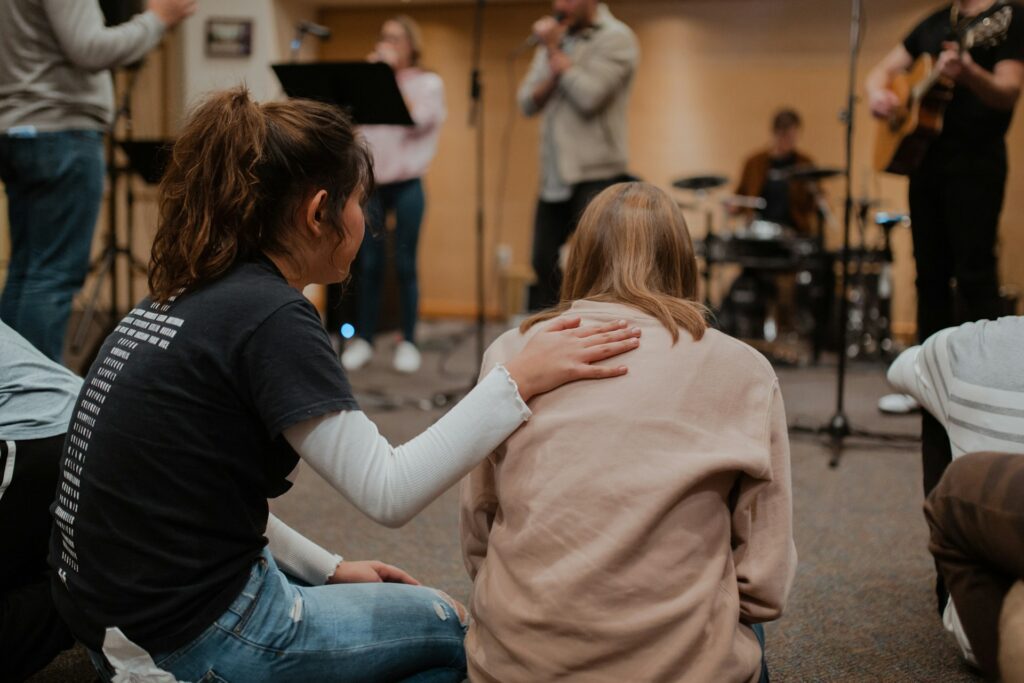
IAS: Why New Believers Are the Church’s Untapped Evangelistic Force
Do we have an unconscious bias against new believers and evangelism? After conducting in-depth interviews with church leaders, I believe we do. Many see them as second-string players—enthusiastic, maybe, but not quite ready for the big game.
Worse yet, I discovered many leaders view the gospel in one dimension. They focus on personal salvation but don’t think about what happens next—how the gospel moves forward through a person’s influence.
You might wonder, “Is this really a problem?”
Absolutely. Let me explain with a football analogy.
From RAC to IAS: Why Movement Matters
In football, there’s a key stat known as RAC—Run After Catch. It became popular with the Montana-Rice era of the San Francisco 49ers under Coach Bill Walsh. Walsh coached quarterbacks to hit receivers perfectly in stride—on the break, right at the numbers. Anything outside that zone was considered a bad throw.
Why such precision? Because Walsh wanted to turn receivers into runners. He wanted movement. Momentum. Yardage.
The results were undeniable—and soon, every team copied it.
I believe the church needs the same mindset. Let’s call it IAS: Influence After Salvation.

New Believers Are Positioned for Gospel Movement
Most long-term Christians have fewer relationships with non-believers. New believers, on the other hand, still live in circles of spiritual influence. Their faith is fresh. Their relationships are real. They’re in the perfect place to advance the gospel.
But for IAS to happen, two things must occur:
- Churches must actively reach non-believers. Without new believers, there’s no movement to begin with.
- New believers must be equipped for mission. Sadly, most churches don’t do this. They don’t see the potential new believers have.

How We Equip New Believers: The Basic Training Approach
That’s why I created the First Steps: Discipleship course. It gives new believers the tools to start sharing their faith immediately.
In one recent class, Laurie wrote down six non-believing friends to pray for. After learning how to engage in spiritual conversations, she came back with this report:
“God opened up conversations with four of the six—in one day! I did exactly what you taught. I listened first, then shared something about faith that connected to their life. Every conversation was amazing!”
That’s what happens when you put the gospel “in stride.” We want to equip people to share it clearly, confidently, and naturally.
Gospel Movement in Action: Real-Life Examples
Here’s what IAS looks like in real time:
Mary Jane comes to faith in our discipleship class. She invites her friend Wayne to the next one. He gets trained, comes to faith, and then starts reaching his own circle.
That’s gospel movement.
Is It Time to Rethink New Believers?
So let me ask:
Is this how your church views new believers?
Are you raising up runners—or just collecting receivers?
It’s time to embrace IAS—Influence After Salvation—and see new believers as the powerful, culture-reaching force they truly are.
First Steps | Discipleship Training: Turning New Believers into Missional Disciples. Also available on Amazon.

Be The First To Comment